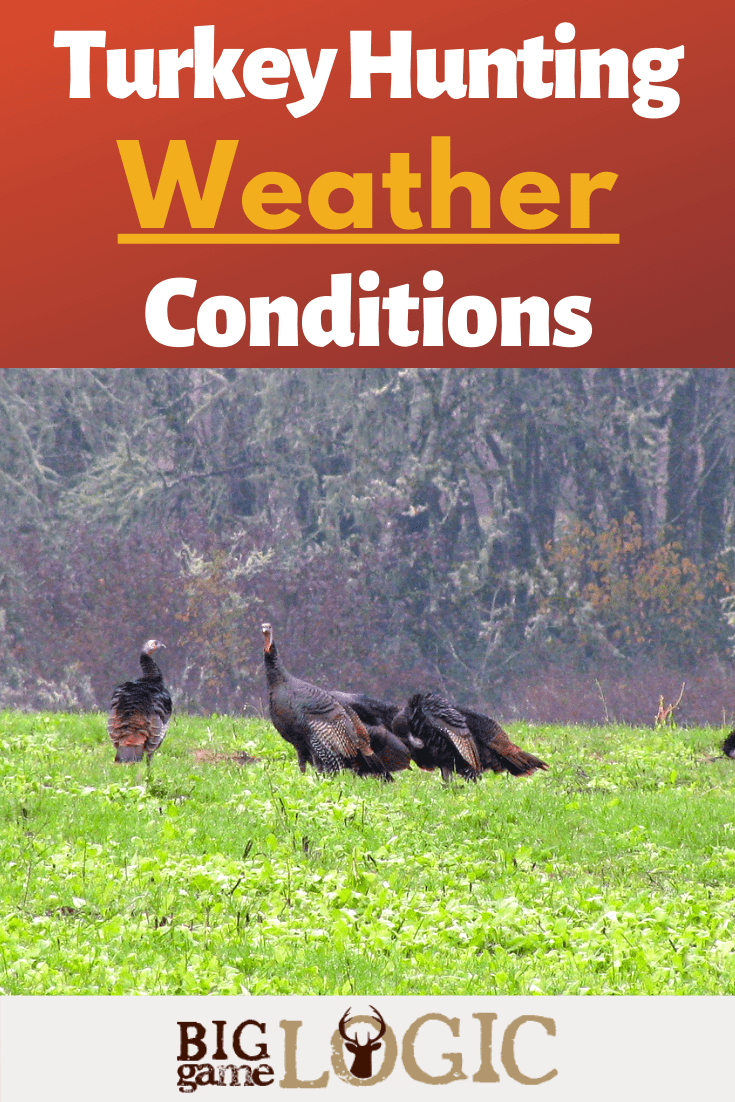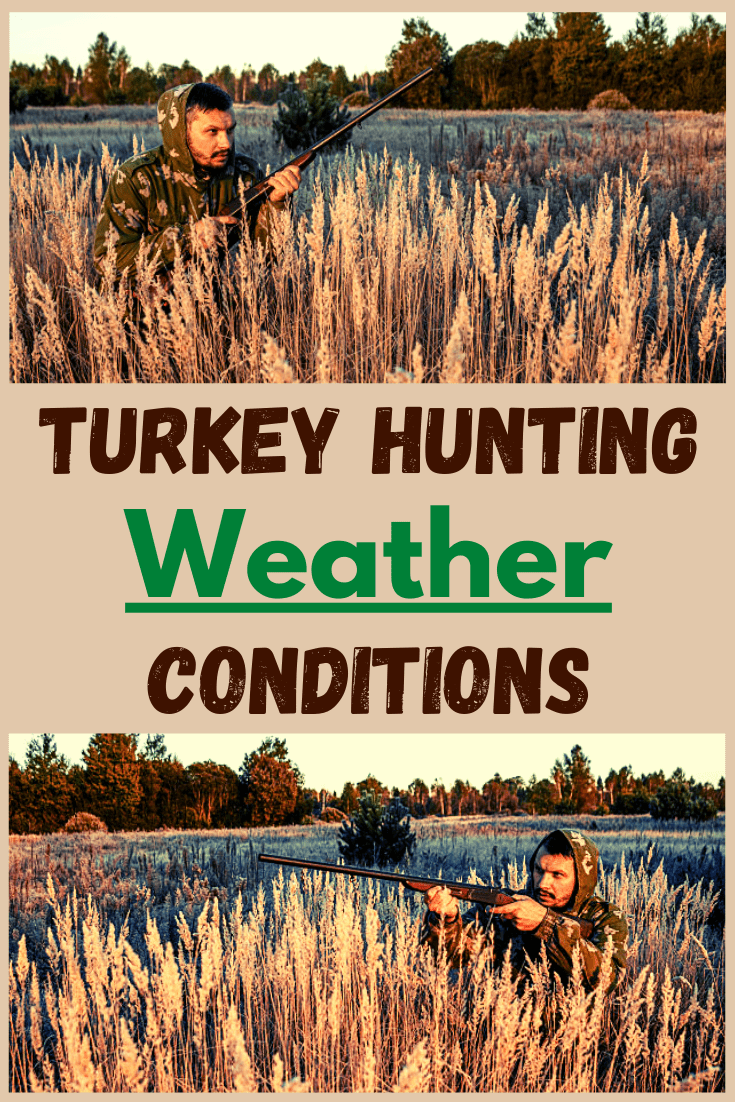Big Game Logic is reader-supported. When you buy through links on our site, we may earn an affiliate commission.
"I just love it when you get the call," says Guide Phil Schweik: "Hey, it's raining cats-and-dogs, do you think I should cancel my turkey hunt for today?" The standard answer? "You should already be in your turkey stand or blind." The first thing I do when I see rain during turkey season is start to salivate. I get my gun, get my raingear, take my ground blind and equipment, and I'm off to hunt in a hot-second. Rain is absolutely the best time to hunt turkeys. Indeed, if I had to choose only one day to hunt wild turkey during season, I would wait until it was raining. That's the day to go.
There are some simple, but cogent reasons why experienced hunters love to turkey hunt in the rain. The turkeys are in a feeding bonanza during rain. The pelting droplets bring up all kinds of insects, bugs, worms and seeds to the surface. The turkeys go nuts and chow down like eating at a huge smorgasbord. The food is easy to get at, and it's plentiful.

Turkeys love rain. "Then, I have found that the birds are less cautious," adds Schweik. They're not as wary or observant. They're so busy scarfing food that their natural instincts are put a bit in the background. Also, their hearing and eyesight is somewhat impaired because of the noise and sight barrier the falling rain has on trees, the land, etc.; and that will make YOU, the hunter, a little less vulnerable to being spotted.
Hunt the field edges on rainy days. The turkeys are going to be out feeding ALL DAY during the rain. Set up your comfy blind, take along a thermos of coffee, some sandwiches and snacks, and you're set for the whole day – dry and warm. Turkey hunting in the rain is a real bonanza.
What about "bright and sunny?" Your hunt is different. The turkeys will be at the top of their "game" when it comes to seeing (their eyesight is incredibly keen) and hearing. You've got to be totally immobile and quiet. The birds will be out in the fields early and then late, whereas, in midday hours, they're out rummaging the hardwoods, and oakwood ridges looking for acorns and other goodies. After they feed late in the day, they head for the "tall timber" to roost high in the trees. You set up between the roosting and feeding areas. Again -- a ground blind, Schweik believes, is best for any number of reasons -- concealment and comfort, being two of them. If you do set up against a tree, make sure you're entirely camoed, including a face mask and blackened skin areas. Set up your decoys and use your calls. That 25-pound Tom is right around the corner.
Share to Pinterest



